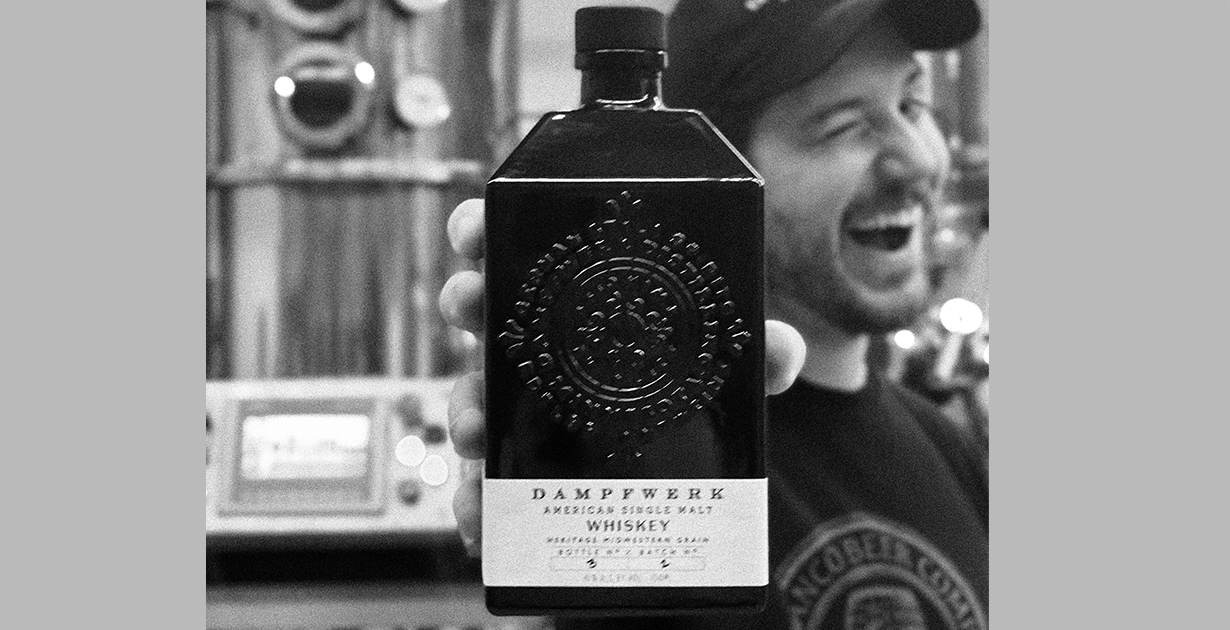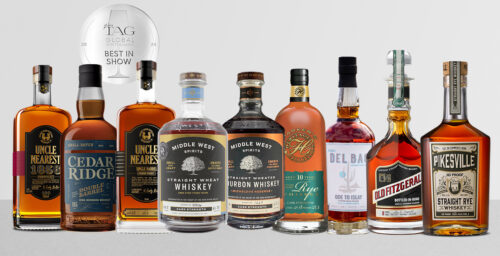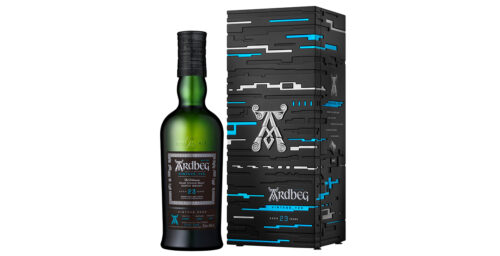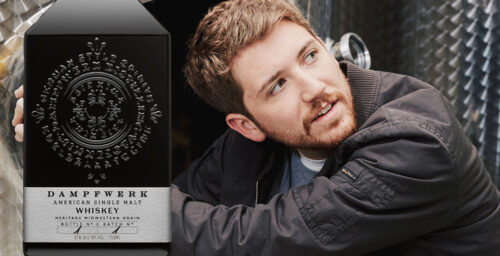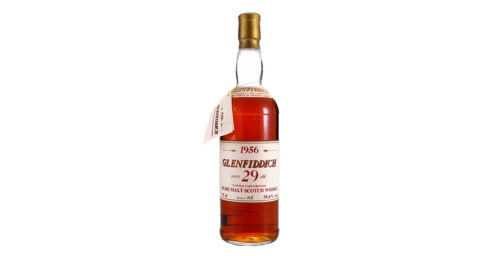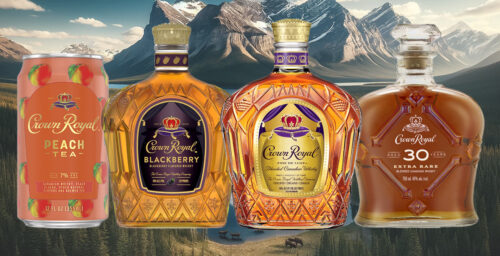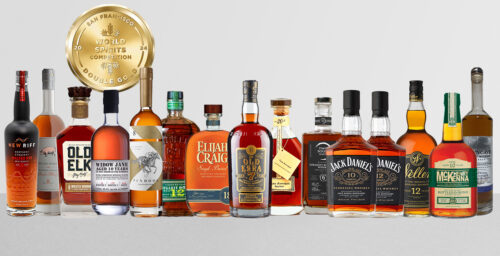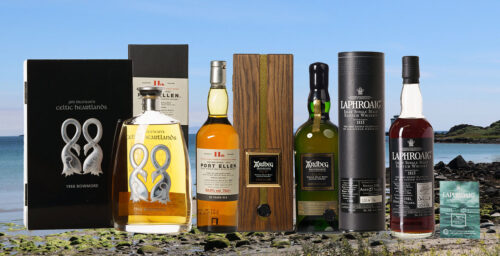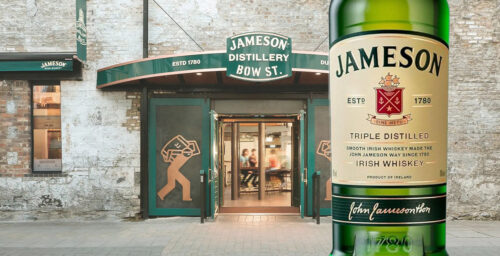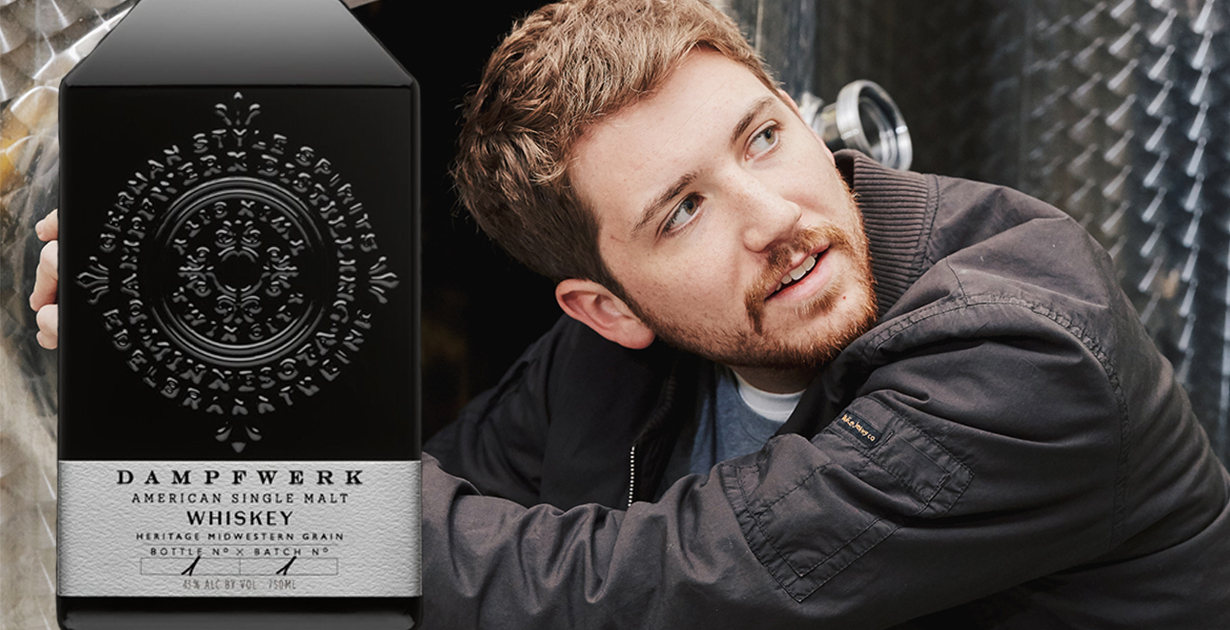
The American single malt whiskey category is expanding. There is no doubt about it. Recent years have seen single-malt-focused brands and distillers popping up across the United States. The Dampfwerk Distillery, a family-run enterprise in Minnesota, is one such entrant into the single malt category.
Originally known for distilling German-style fruit brandies and herbal liqueurs, the distillery has added the Dampfwerk American Single Malt to its portfolio. The brand has seen success across its home state of Minnesota as well as Georgia and Illinois.
You would be forgiven for thinking that the opportunity for diversification is not present in the American single malt category. After all, distillers can only use one type of grain (as opposed to bourbon).
But, according to Christian Loeffelholz, Head Distiller at The Dampfwerk Distillery, this is simply not the case.
I sat down with Christian to discuss the boundless opportunities for experimentation in this expanding category, and why Dampfwerk Distillery is proud to help shape a new identity for the American single malt.
The Origins of The Dampfwerk Distillery
The Dampfwerk Distillery is run by the Loeffelholz family: Ralf, Mary, Christian, and Bridgit. Ralf, the patriarch of the family, hails from Mühldorf am Inn, Germany. Upon moving to the United States he noticed a stark difference in the drinking cultures of the two nations.
When Ralf was growing up in Germany, there was a lot of care and attention devoted to food and drink, with a particular emphasis on the after-dinner drink culture. These gentle, artisan, after-dinner spirits represented a continuation of the evening and the socialization.
Established in 2017, Dampfwerk’s mission is to combine this European drinking culture with the creativity of the American spirits market.
And so, the distillery began producing German-style fruit brandies and herbal liqueurs using a hand-hammered still imported from Baden-Württemberg.
Then, Christian had the idea to begin making American single malt whiskey. He approached his father, Ralf, with the idea. “I thought it was an awesome opportunity,” said Christian as we sat down for our meeting, “I was studying computer science at the time. But I was very eager.”
The obvious question, then, is why American single malt whiskey?
Why American Single Malt Whiskey?
According to Loeffelholz, malt whiskey is a more diverse category than people may think. “From the grain that you use to the fermentation, how you mash, and how you barrel the whiskey, there are a lot of choices to make and therefore many opportunities to create a unique product.”
Christian describes his home state of Minnesota as “the bread basket of the United States”. As such, although single malt whiskey is limited only to the use of malted barley, there is a wide range of barley varietals that can be used in the mash bill.
Christian comments: “So we actually have one of the largest malting companies in the world located in Minnesota. In addition to that, the craft beer boom in the United States has encouraged more craft maltsters to pop up. This means that there are loads of different barley varietals as well as practices of malting in different styles. So, it is kind of a hotbed of variations.”
However, there was another factor that influenced Ralf and Christian’s decision to focus on single malt whiskey. The Alcohol and Tobacco Tax and Trade Bureau (TTB) recently defined the American single malt as its own category. It also ruled that the whiskey could be aged in vessels other than virgin American white oak casks.
The American Single Malt Whiskey Category

Bourbon, the national spirit of the United States is (by law) required to be matured in virgin American charred white oak barrels. Whilst American single malt whiskey must also be stored in oak, the requirement for it to be virgin oak no longer applies.
“This is huge,” says Christian, “I have a ton of respect for bourbon […and] I love American white oak barrels and the big, bold, vanilla and caramel that comes from the wood. But, not every whiskey is looking for those really bold flavors.
“This change within the American single malt whiskey class is very exciting. To be a part of creating a new identity for American whiskey was too good of an opportunity to pass up.”
Christian told me that The Dampfwerk Distillery favors a more delicate spirit profile compared to bourbon. There are a few different ways that the distillery achieves this distinctive profile.
Finishing In Ex-Red Wine Casks
The new regulations enacted by the TTB have allowed malt whiskey producers across the US to experiment with the use of used barrels for maturation and finishing. In the scotch whisky industry, this is very much the norm. Across the pond, however, this is an area of somewhat untapped potential.
As such, Christian saw yet another opportunity for experimentation and decided to finish the Dampfwerk American single malt whiskey in ex-red wine casks. “We were preparing for the regulation change from the TTB, which is fairly new, to come into force. We were going into this with the expectation that we would be able to use different barrels.”
When I asked Christian what the thought process was behind finishing in ex-Red wine casks, he commented on the fairly standard use of ex-sherry casks for finishing (both in Scotland and, increasingly, in the USA). Wanting to break out of the mold, ex-red wine seemed like the perfect solution.
Christian added: “We had also been using red wine barrels to finish our fruit brandies to add a floral undertone to the spirit. So, being exposed to that maturation process inspired me. I tried the brandy and thought ‘I really like these flavors’. So, I diverted some of our American single malt whiskey to go into some ex-red wine casks and I was enamored with the flavors.”
Virgin American white oak has become something of a staple of American whiskey. Christian adds that the Dampfwerk does not plan to entirely depart from this. “I would say, right now, that we probably use 40% American white oak and 60% ex-red wine casks made from European oak for maturation.”
The Hand-Hammered Still
Before being dumped into barrels to mature, the fermented mash must be distilled into new, white spirit. At The Dampfwerk Distillery, this is done using a very unique kind of still.
The Dampfwerk’s hand-hammered still from Baden-Württemberg, Germany, is steam-jacketed with “an incredibly wide column” and has long been used to distill the Dampfwerk’s signature fruit brandies.
However, in experimenting with distillation, Christian found that the hand-hammered still helped to contribute to the gentle whiskey profile he was searching for. “It’s very much a still that is designed to be as gentle as possible on the product.
“Distillation is quite an intense process. There is a lot of heat, so you are destroying some of the esters and other flavor compounds within the product. The goal with the fruit brandies was to ensure that you are destroying as little as possible.
“We found that this was really beneficial for the malt whiskey as well.”
The Future of The Dampfwerk American Single Malt
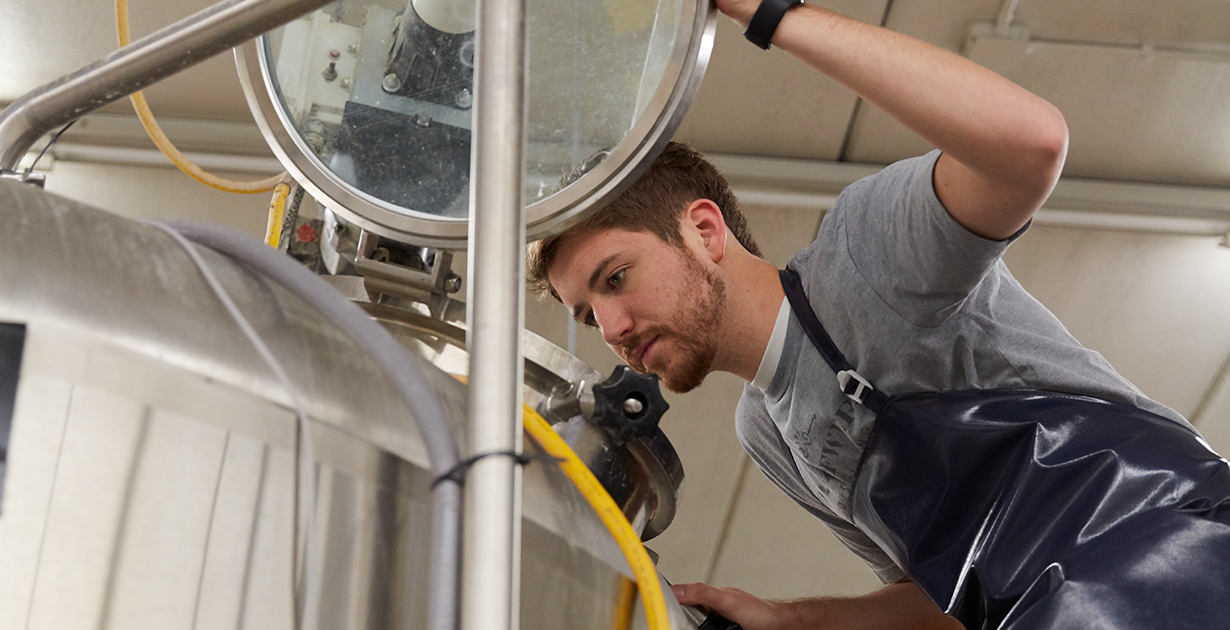
The Loeffelholz family began their single malt whiskey venture with a history in distillation, but no experience in distilling whiskey. Christian thinks that this has worked to their advantage. “From the very beginning, we had approached this as if we were students. So, we shy away from the terms ‘Master Distiller’ and ‘Master Blender’. We have a very strong identity of learning.
“We are very eager to play around. In a few years’ time, we will be onto something else in the American single malt whiskey category – we have been playing around with peated whiskeys recently. It is a very liberating thing to learn as you go. You don’t feel so entrenched and set in your ways. I can challenge myself and take my product in different directions.”
I asked if one such direction might be experimenting with age statements. “We decided not to from the get-go. […] As we have gained experience and sampled barrels we have seen that the profiles of the barrels change so much from cask to cask.
“I have seen some barrels at two years of age that have been far more mature than I expected them to be. On the other hand, I have seen barrels at five years old that definitely needed more time.
“We think that consumers are coming around to the idea that older isn’t always better. There is, perhaps a correlation to quality. But it is not a causation.”
Before we wrap up our interview (and because I am British) there is one more question I must ask Christian: do you have a love for single malt scotch?
Christian replies: “Scotch was the first category that I really got excited about. It was the genesis of my exploration of single malt whiskey. That is absolutely where I started and where I drew lots of inspiration from.
“I have been to Scotland twice to explore and I hope to go back. The scotches that I have enjoyed have been something to strive towards. I thought ‘I want to make something like that’. I feel good that I am getting there.”
The Dampfwerk American Single Malt
The Dampfwerk American single malt is distributed widely in Minnesota, Georgia, Wisconsin, and Illinois. The brand hopes to soon expand to Japan and other international markets.
For more information on The Dampfwerk Distillery and the on-site cocktail lounge, click here.
A huge thank you to Christian Loeffelholz for speaking with me and providing some insight into the bright future of American single malt whiskey.
